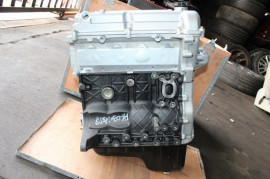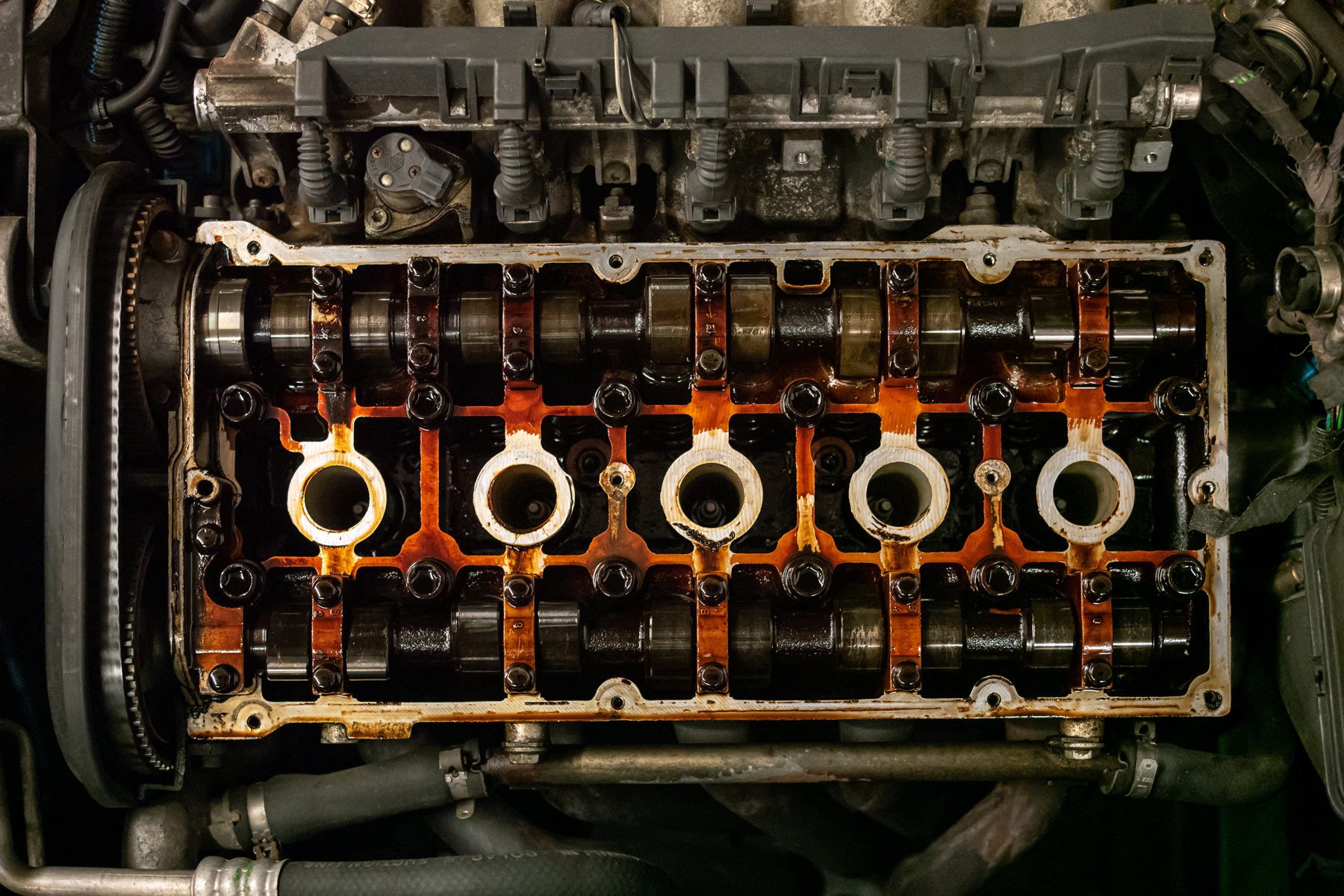Checking Out the Inner Functions of a Compact Car's Engine System
As chauffeurs, we frequently take for provided the complex processes that occur within the boundaries of our car's engine system. The compact yet intricate equipment that drives us forward is a wonder of engineering accuracy and sychronisation. From the controlled surges in the combustion chamber to the thorough timing of gas injection, every element plays an important role in the smooth procedure of the engine. In this exploration of a small car's engine system, we will certainly decipher the internal functions of this mechanical harmony, clarifying the enigmas that drive us ahead on our day-to-day journeys.
Burning Refine Summary
The burning procedure in a small automobile's engine system is a vital device that efficiently converts gas right into energy to power the car. This procedure takes place within the combustion chamber of the engine, where fuel and air mix, spark, and generate controlled explosions. The combustion process contains 4 major stages: intake, power, exhaust, and compression.
Throughout the intake stage, the piston relocates downward, attracting a combination of air and fuel right into the combustion chamber. The following stage, compression, entails the piston relocating upward, pressing the air-fuel mix to raise its strength. Subsequently, in the power stage, the ignition system stirs up the compressed combination, resulting in a quick expansion of gases that requires the piston pull back. This down activity produces the power required to drive the vehicle. In the exhaust phase, the scorched gases are removed from the burning chamber through the exhaust shutoff, preparing the chamber for the following cycle. This cyclic combustion process is basic to the operation of a small lorry's engine system, making sure reliable energy conversion for propulsion.
Piston and Cyndrical Tube Communication

The piston's specific fit within the cyndrical tube is essential for maintaining optimal compression and preventing energy loss during combustion. Tight clearances in between the piston and cyndrical tube wall surfaces make certain reliable sealing, permitting the piston to move efficiently without permitting gases to leakage past. Appropriate lubrication is likewise crucial to decrease rubbing and wear between these components, boosting longevity and performance.
Furthermore, the design and materials used in manufacturing the piston and cyndrical tube influence engine performance and durability. Modern engines often use lightweight yet durable materials like light weight aluminum alloys for pistons and cyndrical tube liners to reduce inertia and boost thermal performance. Generally, the harmonious interaction between the piston and cyndrical tube is essential to the engine's functionality and total performance.
Fuel Shot System Functionality
Fuel shot systems in compact lorry engines play a critical duty in exactly delivering gas to the combustion chamber for effective and controlled ignition. The gas injection system functions by infusing gas into the combustion chamber at the ideal moment during the engine's operation (opel corsa engine). This accurate timing guarantees that the gas blends uniformly with the air for correct burning, causing improved gas efficiency and minimized discharges
There are mostly two kinds of gas injection systems made use of in compact automobile engines: port fuel injection (PFI) and straight fuel shot (DFI) PFI systems infuse fuel into the consumption port before the intake shutoff, while DFI systems inject fuel straight into the combustion chamber. Both systems have their benefits, with DFI offering much better gas atomization and PFI supplying a more cost-effective option.
Understanding Engine Air Conditioning Mechanisms
Reliable operation of a small car's engine relies heavily on the performance of its cooling devices. The air conditioning system in a compact vehicle typically is composed of numerous elements working a fantastic read with each other to control the engine temperature. Recognizing these engine air conditioning systems is crucial for preserving the efficiency and durability of a compact car's engine system.

Exhaust System Components Explained
The ideal performance of a small vehicle's engine cooling devices depends on a complementary system recognized as the exhaust system, which makes up various vital components for making sure efficient discharges and engine efficiency. The exhaust manifold gathers exhaust gases from the engine's courses and cylinders them to the catalytic converter.
One critical component of the exhaust system is the oxygen sensor, which checks the oxygen levels in the exhaust gases to assist manage fuel usage and guarantee ideal engine efficiency. opel corsa engine. Additionally, the resonator may exist in some exhaust systems to reduce noise degrees. In general, the exhaust system plays a crucial duty in maintaining engine effectiveness, lowering hazardous discharges, and making certain a quieter driving experience for compact car proprietors

Conclusion
To conclude, the portable vehicle's engine system is a complicated mix of parts that collaborate to facilitate the combustion process, convert gas right into power, and expel waste gases. my company Comprehending the useful source inner functions of the engine system, consisting of the piston and cylinder interaction, fuel injection system, engine air conditioning mechanisms, and exhaust system parts, is crucial for maintaining optimal performance and effectiveness of the lorry.
The burning procedure in a compact vehicle's engine system is a vital system that effectively converts fuel right into power to power the automobile.Gas shot systems in small automobile engines play an important duty in exactly providing fuel to the combustion chamber for effective and controlled ignition.There are primarily two kinds of gas shot systems utilized in small automobile engines: port fuel injection (PFI) and direct gas shot (DFI) Recognizing these engine air conditioning systems is crucial for preserving the performance and longevity of a compact lorry's engine system.
The optimum performance of a small car's engine cooling devices depends on a corresponding system understood as the exhaust system, which makes up various vital elements for guaranteeing efficient exhausts and engine efficiency.